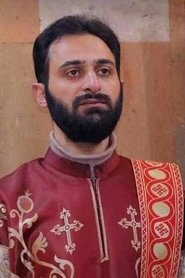
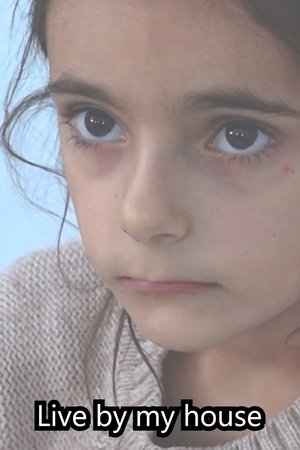
Live by my house(2024)
In 2023, as a result of enemy aggression, Artsakh was finally depopulated after 9 months of blockade.
Movie: Live by my house
Top 4 Billed Cast
Video Trailer Live by my house
Similar Movies
 0.0
0.0Meine Mutter, mein Bruder und ich!(de)
In Munich, the Armenian Areg dreams of studying cinema with his German girlfriend Lilly. Until her widowed mother fell seriously ill with diabetes. Areg and her little brother Garnik have to take care of her.
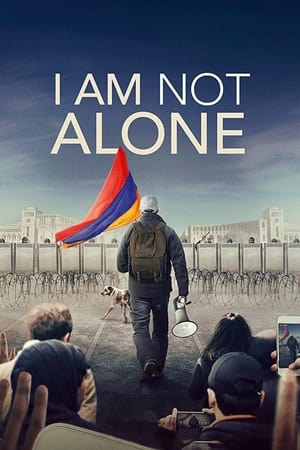 8.3
8.3I Am Not Alone(hy)
On Easter 2018, a man put on a backpack and began to walk across Armenia. His mission: to inspire a velvet revolution and topple the corrupt regime that enjoys absolute power in his former Soviet nation. With total access to all key players, this documentary tells the story of what happened in the next 40 days.
 6.1
6.1The Lark Farm(it)
The Lark Farm is set in a small Turkish town in 1915. It deals with the genocide of Armenians, looking closely at the fortunes, or rather, misfortunes of one wealthy Armenian family.
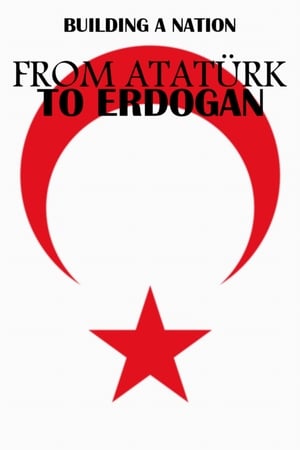 7.0
7.0From Atatürk to Erdoğan: Building a Nation(fr)
Turkey's history has been shaped by two major political figures: Mustafa Kemal (1881-1934), known as Atatürk, the Father of the Turks, founder of the modern state, and the current president Recep Tayyıp Erdoğan, who apparently wants Turkey to regain the political and military pre-eminence it had as an empire under the Ottoman dynasty.
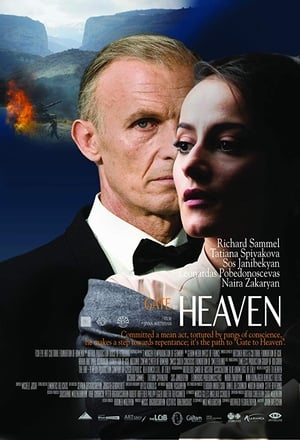 0.0
0.0Gate to Heaven(hy)
Robert Sternvall, a German journalist, returns to Artsakh in 2016 to cover the war which has been reignited after a 22-year ceasefire. In the result of his journalistic investigation, Robert meets Sophia, a young opera singer, who happens to be the daughter of missing photojournalist Edgar Martirosyan, whom Robert abandoned in captivity during the fall of the village of Talish in 1992. Robert and Sophia’s frequent rendezvouses ignite a passionate romance...
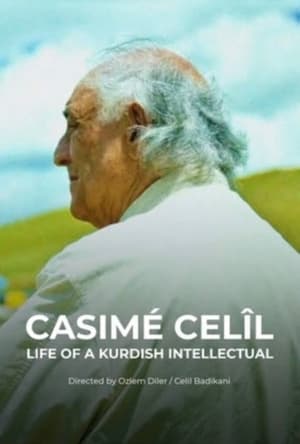 10.0
10.0Jiyana Rewsenbireki Kurd: Casimê Celîl(ku)
Casimê Celîl was born into a Yezidi Kurdish family in 1908, in a village called Kızılkule, located in Digor, Kars. The village and family life, which he longed to remember throughout his life, ends with the massacre they endured in 1918. During his long road to Erivan, Armenia, he lost all his family members. Left all alone, Casim was placed into an orphanage and was forced to change his name. To remember who he was and where he came from, every morning he repeated the mantra “Navê min Casim e, Ez kurê Celîlim, Ez ji gundê Qizilquleyê Dîgorê me, Ez Kurdim, Kurdê Êzîdî me”, which translates to: “My name is Casim, I am the son of Celîl, I come from the village of Kızılkule in Digor, I am a Kurd, and I am Yezidi”. He clings to every piece of his culture he can find, reads, and saves whatever Kurdish literature or art he comes across. As the year’s pass, Casim finds himself with an impressive collection of Kurdish culture and history.
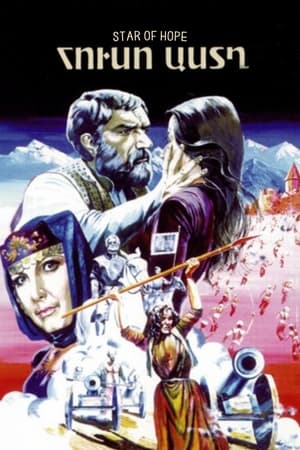 5.5
5.5Star of Hope(hy)
Two part film about David Bek and Mkhitar Sparapet's major Armenian uprising against Safavid Persia in the Syunik region in the 18th century.
 7.3
7.3Amerikatsi(hy)
In 1948, decades after fleeing Armenia to the US as a child, Charlie returns in the hopes of finding a connection to his roots, but what he finds instead is a country crushed under Soviet rule. After being unjustly imprisoned, Charlie falls into despair, until he discovers that he can see into a nearby apartment from his cell window - the home of a prison guard.
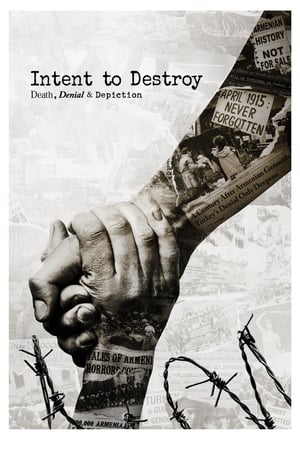 4.8
4.8Intent to Destroy: Death, Denial & Depiction(en)
INTENT TO DESTROY embeds with a historic feature production as a springboard to explore the violent history of the Armenian Genocide and legacy of Turkish suppression and denial over the past century.
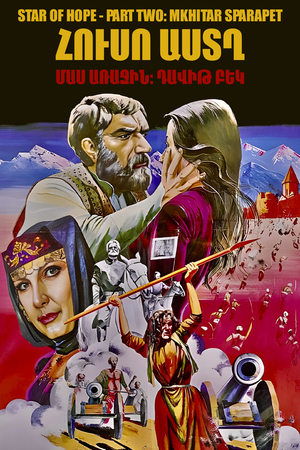 0.0
0.0Star Of Hope - Part One: David Bek(en)
First movie of the two part film about David Bek and Mkhitar Sparapet's major Armenian uprising against Safavid Persia in the Syunik region in the 18th century. Part one tells the story of David Bek.
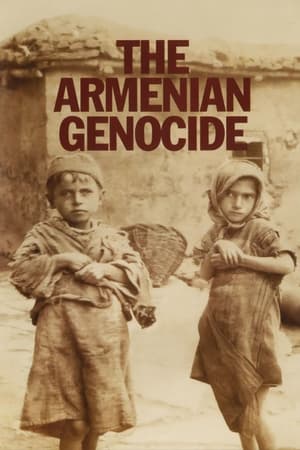 6.2
6.2The Armenian Genocide(en)
Explores the Ottoman Empire killings of more than one million Armenians during World War I. The film describes not only what happened before, during and since World War I, but also takes a direct look at the genocide denial maintained by Turkey to the present day.
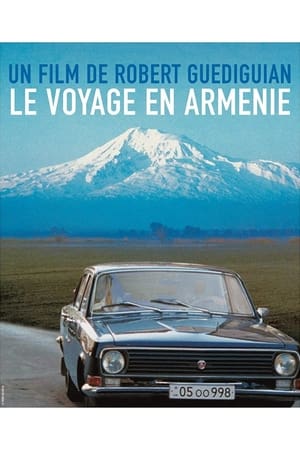 5.6
5.6Armenia(fr)
This is a story about returning to ones ancestral homeland. Anna is a cardiologist who discovers her father has fled to his native Armenia after being diagnosed with a heart problem. Despite their contentious relationship, she sets out to bring her father back for this operation. Anna is a tough-minded, headstrong woman with little feeling for her fathers homeland or patience with its politics and socially intrusive culture, yet she finds this journey not only a reunion of sorts, but one of reconciliation as well.
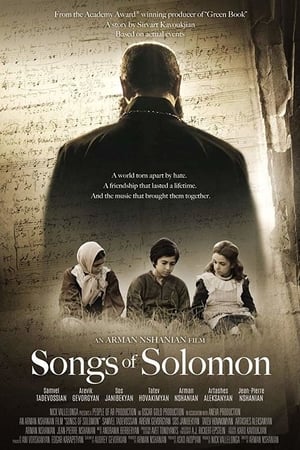 10.0
10.0Songs of Solomon(hy)
Inspired by true events, this is a film about a childhood friendship, torn apart by the horrific Hamidian massacres infiltrated by the Ottoman Empire under the rule of Sultan Abdul Hamid II (1894-1896).
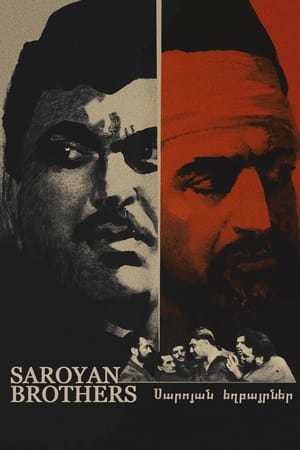 0.0
0.0Saroyan Brothers(hy)
1920. Last days of the first Armenian Republic. Armenian Army fights on two fronts: war with Turkish army in the west, and Red Army incursion and Bolshevik mutiny in the northeast. Hayk Saroyan returns to his native provincial town from Russia to assume a minor post at Dashnak Army command center. His brother Gevorg, captain at the same command center, is a real patriot prefering death to "eternal exile", army power to relegious mercifullness. Very soon a suspicion creeps inside him: his beloved brother is Bolshevik spy.
 5.2
5.2Hello, It's Me!(hy)
In post-war Armenia, physicist Artyom buries himself in work, haunted by the loss of his wife in WWII, unable to let go of the past. Meanwhile, young Tanya refuses to accept her stepfather, still waiting for her real father, missing in action for years. Their parallel journeys explore memory, loss, and the weight of history—both personal and national. As Artyom grapples with the dilemma of remembering versus forgetting, the film becomes a meditation on identity, time, and the inescapable pull of the past. Partially based on the life of prominent Soviet-Armenian scientist Artem Alikhanyan, Hello, It’s Me! is a deeply reflective exploration of history’s grip on both individuals and nations.
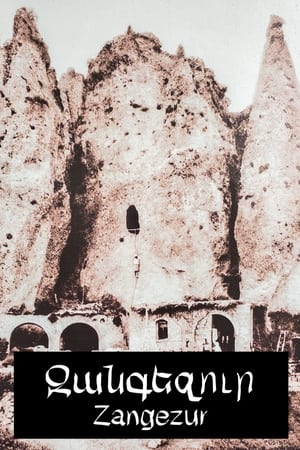 0.0
0.0Zangezur(hy)
The film is about the civil war in the Zangezur (Syunik) province of Armenia in the early 1920s. The last Dashnak battalions headed by Sparapet Nzhdeh still opposed both the incursion of Red Army and the local Bolshevik partisans.
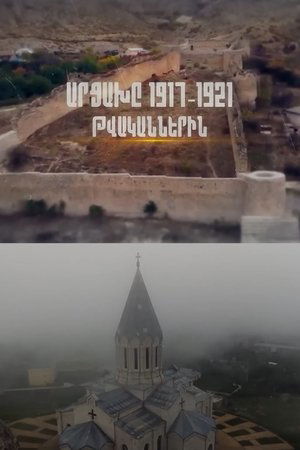 10.0
10.0Artsakh: part 5(hy)
The 5th part of the Artsakh film series tells the story of the history of Artsakh from 1917 to 1921. It is analyzed by experts-historians and is based on indisputable historical facts.
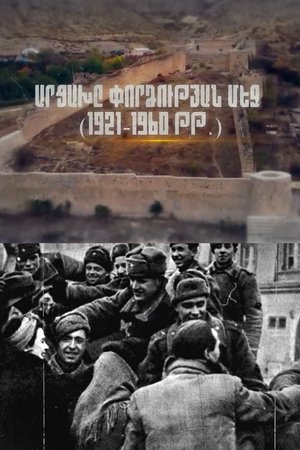 10.0
10.0Artsakh: part 6(hy)
The 6th part of the Artsakh film series tells the story of the history of Artsakh from 1921 to 1960. It is analyzed by experts-historians and is based on indisputable historical facts.
 6.7
6.7The Earthquake(ru)
After the devastating Spitak earthquake of December 7th, Konstantin Berezhnoy, a 50-year-old Russian, and Robert Melkonyan, a 28-year-old Armenian, work together to rescue the desperate survivors.
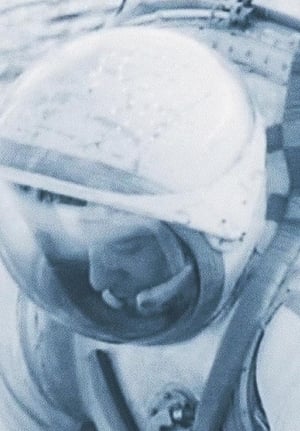 5.7
5.7Our Century(hy)
A man paves his own way to his own soul through an intellectual quest, tragedies of nations and personal drama. The road moving through the cosmic distances is a flight into one's internal world. This flight and this drama are revealed in this philosophical film-poem.
